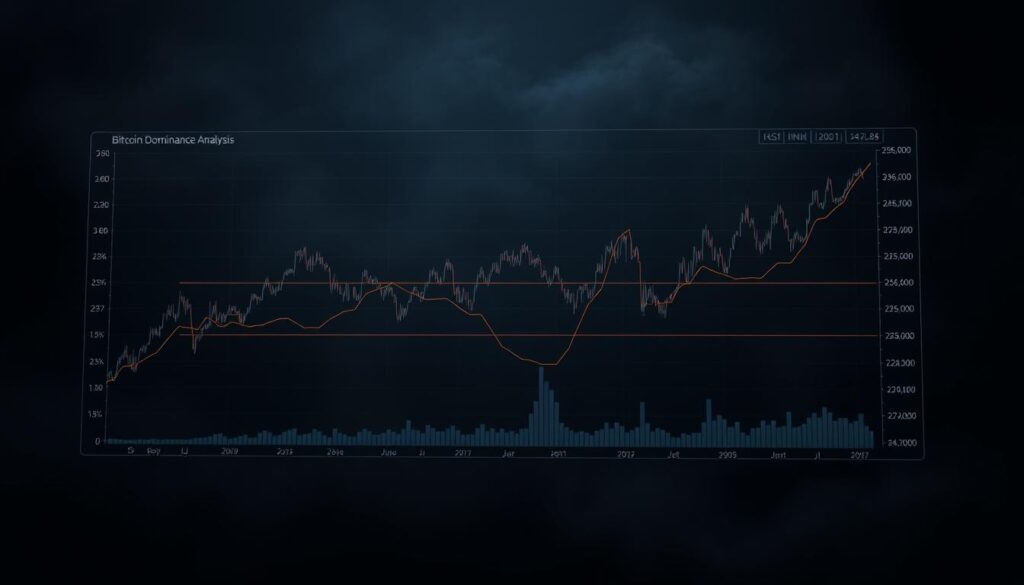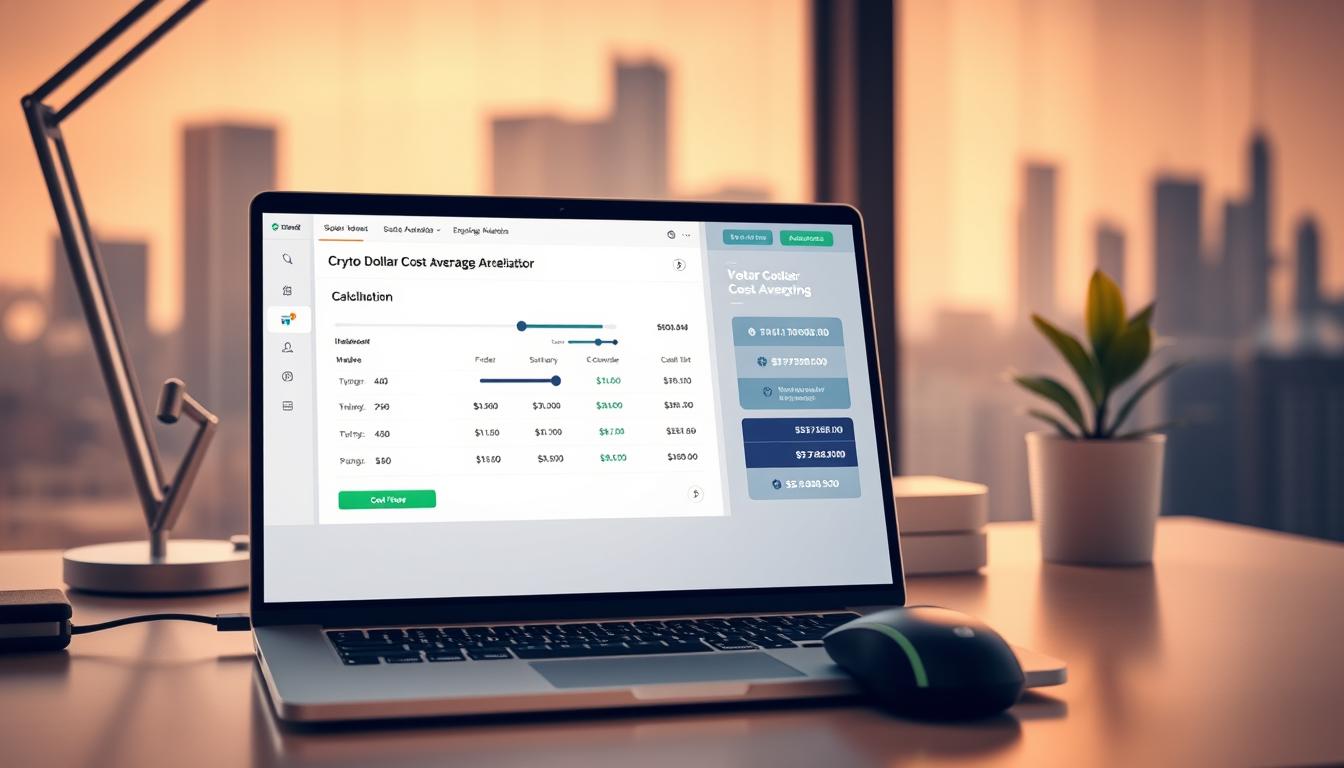Now Reading: Cryptocurrency Whale Activity: Impact on Market Prices Analyzed
- 01
Cryptocurrency Whale Activity: Impact on Market Prices Analyzed
Cryptocurrency Whale Activity: Impact on Market Prices Analyzed

In the fast-paced world of digital assets, a small group of influential players holds outsized power over price trends. These large-scale investors, often called “whales,” control massive portfolios that can sway trading patterns globally. Their transactions—whether buying, selling, or holding—create ripples across exchanges, affecting valuations for millions of traders.
Recent events highlight this dynamic. For instance, institutional acquisitions by firms like MicroStrategy and Tesla boosted confidence in Bitcoin as a long-term store of value. Conversely, high-profile sell-offs have triggered sudden price drops, demonstrating how single transactions can reshape sentiment. Blockchain technology’s public ledger allows anyone to monitor these moves, offering clues about potential shifts.
Understanding whale behavior isn’t just about spotting trends—it’s about grasping market psychology. Major holdings signal confidence, while rapid divestments often spark fear. Tools like wallet trackers and volume analyzers help decode these actions, empowering everyday investors to make informed decisions.
Key Takeaways
- Large investors possess enough holdings to influence global price movements
- Blockchain transparency enables real-time tracking of major transactions
- Institutional purchases often correlate with positive market sentiment
- Sudden large sales can trigger short-term volatility across exchanges
- Monitoring tools provide actionable insights for retail traders
Understanding Cryptocurrency Whale Activity and Market Influence
Major players in digital finance wield power through strategic portfolio decisions. Their moves create waves that reshape valuations across global exchanges, acting as both catalysts for growth and triggers for volatility.
Defining Whales in the Crypto Landscape
These entities control enough assets to sway entire ecosystems. They range from corporations like MicroStrategy to nations adopting digital currencies as reserve assets. Their holdings often exceed billions in value, granting unique leverage over supply dynamics.
Three characteristics define whale status:
- Ownership exceeding 1% of a coin’s total supply
- Ability to execute trades impacting liquidity pools
- Strategic accumulation over extended periods
Historical Context and Emerging Trends
The 2017 bull run demonstrated how mass sell-offs could erase months of gains within days. Conversely, institutional market trends since 2020 show how sustained buying pressure creates upward trajectories.
Recent developments reveal:
- Shift from speculative trading to long-term storage strategies
- Increased use of derivatives for position management
- Growing coordination between institutional players
This evolution demands new tools for tracking and interpreting large-scale transactions. Modern investors now combine blockchain analytics with traditional financial models to predict potential shifts.
Mechanics of Whale Movements on Blockchain Platforms
Blockchain’s transparent architecture provides unprecedented visibility into how substantial asset transfers reshape digital ecosystems. Every exchange leaves an immutable trail, enabling traders to spot patterns that influence global trading behavior.

Tracking Large Transactions and Enhancing Liquidity
Public ledgers reveal transfers exceeding $10 million within seconds. Specialized tools like Etherscan and Blockchair parse these movements, highlighting wallet interactions across decentralized platforms. This real-time data helps predict supply shifts before they affect exchange rates.
Three factors determine a transfer’s market impact:
- Speed of execution (instant vs. staggered)
- Destination (exchange wallets vs. cold storage)
- Network congestion during processing
| Platform | Transaction Visibility | Typical Fees for Large Transfers | Liquidity Impact |
|---|---|---|---|
| Bitcoin | Full transparency | $15-$50 | High volatility risk |
| Ethereum | Address-tagged data | $40-$200 | Moderate slippage |
| Binance Smart Chain | Partial anonymity | $1-$5 | Rapid price swings |
| Solana | Public ledger | $0.01-$0.10 | Lower stability |
Substantial transactions often trigger chain reactions. When large amounts move to exchanges, algorithmic traders adjust orders automatically. This creates temporary imbalances between buy/sell walls that savvy investors exploit.
Network effects compound these shifts. A single Bitcoin transfer might spike mining fees by 300% during peak hours. Such events reveal how blockchain mechanics amplify both opportunities and risks in decentralized markets.
Cryptocurrency whale activity analysis and its impact on market prices
Digital asset markets operate under the radar of specialized monitoring systems. These platforms detect substantial portfolio changes that often precede valuation swings. Three services dominate this space, offering unique approaches to decoding blockchain patterns.
![]()
Key Tools and Platforms for Whale Tracking
Whale Alert delivers instant notifications for transfers exceeding $1 million across 15+ blockchains. Its Twitter feed became essential viewing during Ethereum’s Shanghai upgrade, spotting strategic staking withdrawals. BitInfoCharts reveals Bitcoin’s hidden stories through address clustering, exposing coordinated accumulation phases.
CryptoQuant combines exchange reserves with network metrics, flagging unusual wallet activity. When a Chainlink investor moved $5.37 million to exchanges last month, these platforms alerted users within minutes. Traders then witnessed LINK’s 8% drop as sell orders flooded markets.
Analyzing Market Reactions to Whale Transactions
Substantial transfers create immediate ripples. A $17 million stablecoin deposit to Binance typically signals impending buying pressure. Conversely, cold storage movements suggest long-term holding strategies.
Professional traders cross-reference these alerts with technical indicators:
- RSI levels indicating overbought/oversold conditions
- MACD crossovers confirming trend reversals
- Exchange order book depth analysis
This multi-tool approach helps decode whether large transactions represent strategic positioning or panic reactions. During June’s regulatory announcements, combined data streams helped investors distinguish meaningful moves from market noise.
Price Volatility and Market Sentiment Shaped by Whale Actions
Market dynamics often hinge on the strategic moves of major holders. When substantial trades occur, they create immediate supply-demand imbalances. Smaller markets feel these effects most, where limited trading depth amplifies each transaction’s influence.

Impact on Liquidity and Price Fluctuations
A single $50 million sell order can drain exchange reserves in niche tokens. This forces automated systems to adjust pricing algorithms rapidly. Platforms with thin order books see 10-15% price swings from such events.
| Token | Liquidity Depth | Typical Whale Impact |
|---|---|---|
| Bitcoin | $300M+ | 1-3% swing |
| Chainlink | $45M | 6-9% swing |
| Polygon | $28M | 8-12% swing |
Real-Time Alerts and Technical Indicators
Services like Glassnode track wallet movements across 20+ exchanges. Traders combine these alerts with:
- Volume spikes exceeding 30-day averages
- RSI levels crossing 70 (overbought) or 30 (oversold)
- Sudden changes in funding rates
Case Studies of Notable Whale Movements
Chainlink’s 6.1% drop last week began when five wallets moved 2.3 million tokens to exchanges. Prices initially climbed to $25 before crashing to $21.24 as sell orders overwhelmed buyers. This pattern shows how accumulation phases can reverse suddenly when holders cash out profits.
Investor Strategies for Navigating Whale-Dominated Market Trends
Smart investors adapt their approaches in markets swayed by major players. Building resilience against sudden valuation shifts requires combining asset allocation discipline with real-time data interpretation.

Diversification and Risk Management Tactics
Spreading assets across multiple categories cushions against volatility. A balanced portfolio might include:
- Traditional investments: Stocks and bonds provide stability during crypto downturns
- Digital alternatives: Allocate 20-40% to major tokens with established track records
- Stablecoin reserves: Maintain 10-15% in USD-pegged assets for quick repositioning
Timing entry points becomes easier when tracking large wallet movements. Platforms like Nansen highlight accumulation patterns across exchanges, signaling potential upward trends. Pair this data with technical indicators like moving averages to confirm opportunities.
| Asset Class | Role in Diversification | Risk Level | Allocation Range |
|---|---|---|---|
| Blue-Chip Stocks | Long-term growth | Low | 25-35% |
| Government Bonds | Capital preservation | Very Low | 15-25% |
| Bitcoin/Ethereum | High-growth exposure | High | 20-30% |
| Stablecoins | Liquidity buffer | None | 10-15% |
Implement automated safeguards like trailing stop-loss orders. These tools lock in profits during unexpected sell-offs while allowing upside potential. Combine with position sizing rules—never risk more than 2% of capital on single trades.
Weekly sentiment analysis helps distinguish meaningful trends from temporary manipulations. When major holders move assets to cold storage, it often signals confidence in long-term value. Conversely, exchange deposits may precede price drops.
Fintech Startup Opportunities and Regulatory Perspectives
Emerging technologies are reshaping how financial data transforms investment strategies. Startups now harness blockchain analytics to decode patterns once exclusive to institutional traders. This shift creates tools that empower everyday users with high-level decision-making capabilities.
Leveraging Whale Data for Strategic Investment
New platforms analyze transaction flows across decentralized networks. Automated systems identify accumulation trends, alerting users to potential price shifts. Three innovations stand out:
- Whale-following algorithms that mirror large holders’ moves
- Sentiment trackers interpreting wallet activity as confidence indicators
- Risk dashboards predicting liquidity changes
These tools help balance information gaps between major players and retail participants. A Chicago-based startup recently reduced user losses by 22% using real-time transfer alerts during volatile periods.
Enhanced Surveillance and Reporting Requirements
Regulators now demand transparency for large-scale transactions. The SEC’s proposed framework requires disclosures for transfers exceeding $10 million. Key measures include:
| Regulatory Tool | Purpose | Implementation Status |
|---|---|---|
| Cross-exchange monitoring | Detect coordinated trades | Active in 12 jurisdictions |
| Whale wallet tagging | Track entity relationships | Pilot phase |
| Real-time reporting | Prevent manipulation | 2024 rollout planned |
Such systems aim to curb predatory practices while preserving market efficiency. European regulators recently fined three firms $47 million for exploiting information asymmetries.
Final Reflections on Whale Activity and Its Market Legacy
Major shifts in digital finance often trace back to strategic decisions by a select few. These influential players will continue steering both immediate fluctuations and sector evolution. Their movements act as compass needles, pointing toward emerging opportunities and hidden risks.
Regulatory changes loom as governments seek to balance innovation with stability. Proposed frameworks could mandate disclosures for large transfers, increasing transparency. Meanwhile, platforms like recent shifts in accumulation patterns demonstrate how tracking tools help smaller participants compete.
Three developments will shape tomorrow’s landscape:
- Advanced analytics predicting supply shocks before they occur
- Decentralized networks reducing single-entity dominance
- Hybrid portfolios blending traditional and digital assets
Traders who master behavioral signals gain critical advantages. Monitoring cold storage deposits or exchange inflows provides early warnings about sentiment shifts. Pair these insights with macroeconomic trends to build resilient strategies.
The sector’s maturation brings both challenges and breakthroughs. While large holders still sway valuations, democratized data access levels the field. This balance between institutional power and retail empowerment defines the next chapter of financial innovation.















